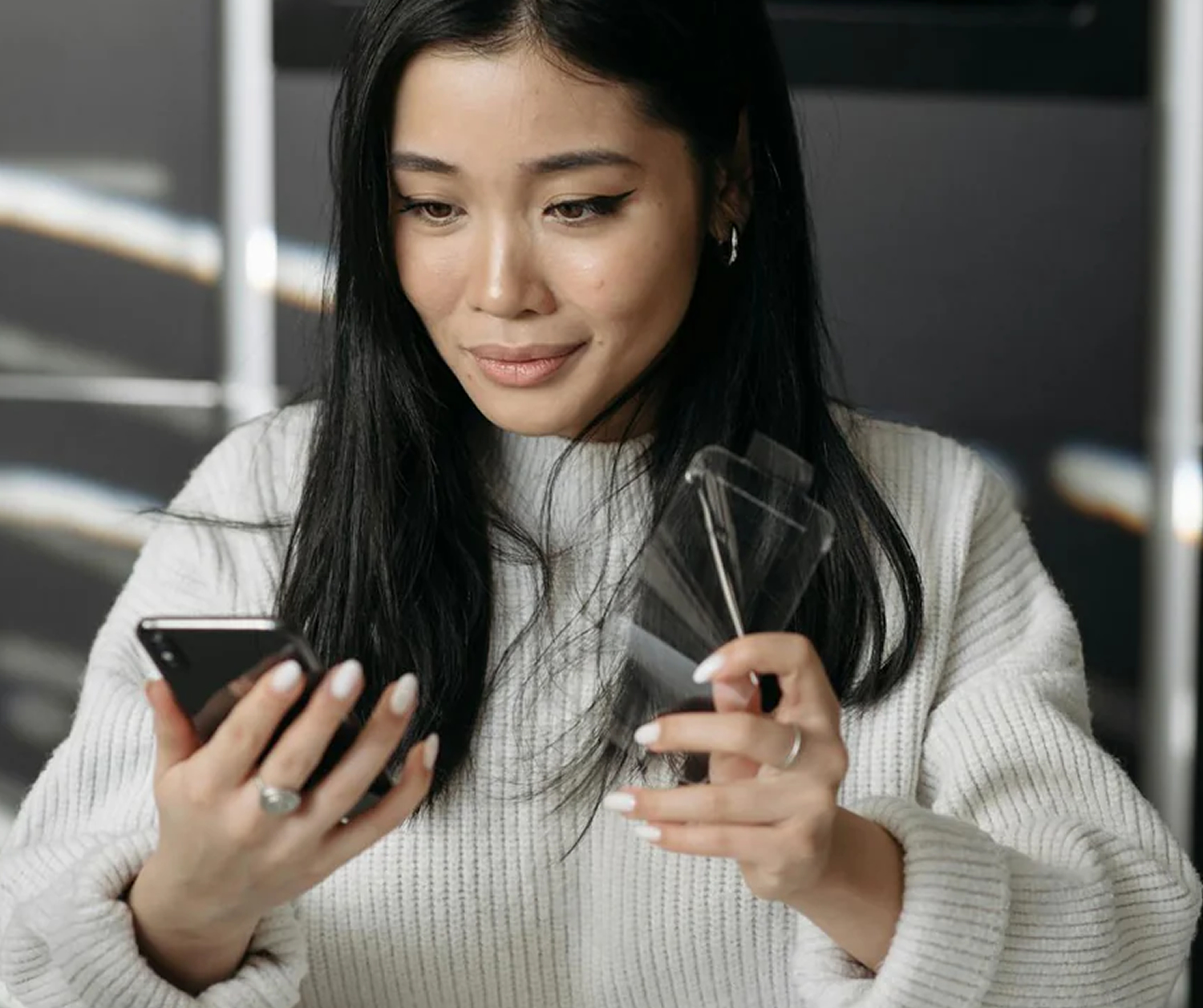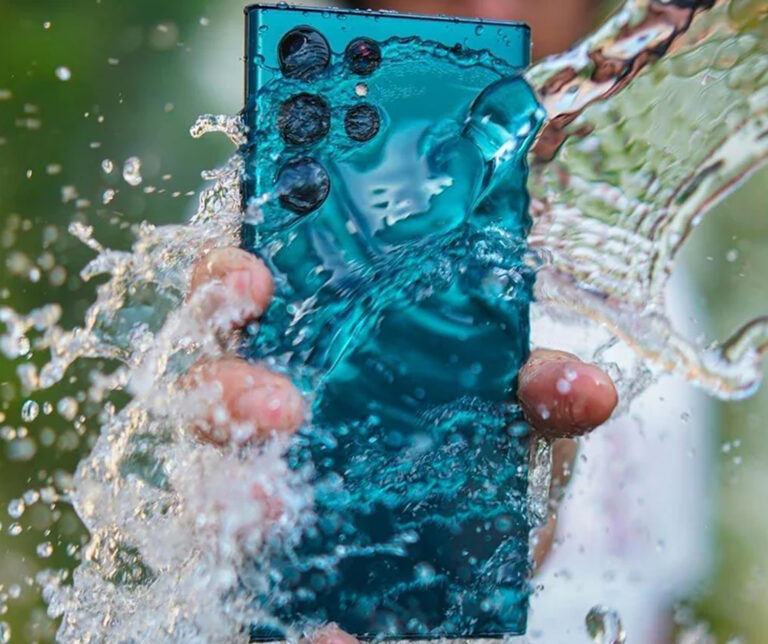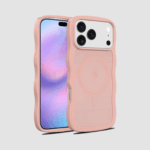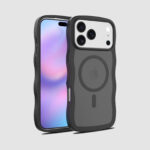Summer Sale: 40% OFF sitewide | Free standard shipping
Smartphones have become a major part of everyday life, but they’re far from cheap. Most of us want to do everything possible to protect our phones and ensure they last a long time. Phone cases are a must, and screen protectors seem to be, too. But are they really necessary?
Screen protectors are meant to protect your phone’s surface from scratches and cracks, but with so many technological advancements, are these guards still needed? Explore the benefits of having a screen protector and decide if you truly need one.
Is It Really Necessary To Have a Screen Protector?
Screen protectors are thin layers of material applied to the surface of your phone to protect it. The idea is that the extra covering will take the wear and tear of everyday use rather than the screen itself. It also protects against bumps and drops by absorbing most of the impact.
With the introduction of Gorilla Glass and Ceramic Shield, smartphone screens have become even more resistant to drops and scratches. With the increased toughness of modern phones, you might wonder if protectors still serve a purpose.
While phone screens have become more durable in recent years, protectors still provide valuable protection. These guards prevent scratches, cracks, and smudges to prolong your phone’s life and get the most out of it. Pairing your screen protector with a reliable phone case, and even a waterproof pouch for water-prone environments, can help your phone endure the unexpected.
What Are the Benefits of Having a Screen Protector?
Scratch Resistance
Scratches are inevitable on any phone surface. From brushing against your keys to tapping with your nails, your phone experiences plenty of scratches. Protectors ensure these scratches go on the shield rather than the phone itself.
Shatter Protection
Screen guards don’t guarantee that your phone’s surface won’t crack, but they add an extra layer of protection to protect against it. The shield will break on drops, absorbing the impact so your phone doesn’t have to.
Smudge Reduction
Smudges and fingerprints can appear on any surface, but some guards have an oleophobic coating that resists oils. This coating keeps your screen clean and clear longer, meaning the oils on your fingers will leave fewer smudges.
Privacy
Some screen protectors have privacy technology that restricts others from viewing your phone at an angle. This feature protects sensitive information and ensures that only you can see your phone.
Blue Light Filter
Some protectors have a blue light filter, reducing the light intensity. Filtering blue light reduces eye discomfort when staring at a screen for prolonged periods. It also enhances sleep by promoting the natural release of melatonin.
Resale Value
Protectors help keep your phone in top condition and maximize its resale value when you decide to upgrade.
What To Look for in a Screen Protector
- Material: The material of your protector is arguably the most important factor. Polyethylene terephthalate (PET) is a thin, light film that is barely noticeable but provides minimal protection. Thermoplastic polyurethane (TPU) absorbs minor scratches, but it affects the feel of swiping. Tempered glass delivers the highest level of defense but is the most expensive.
- Hardness: Screen protectors with a hardness rating of 9H boast the highest resistance level against scratches. Verify claims made by brands regarding the hardness of their shields. They may claim to be stronger than the competition, but they can be comparing their product to low-quality alternatives.
- Clarity and Touch Sensitivity: Screen protectors can affect the clarity and feel of your phone’s surface. Check the thickness of the shield to avoid an overly thick film that hinders use. Tempered glass protectors often maintain the natural feel of the screen, while plastic shields don’t feel as smooth.
- Coating: Some protectors have a hydrophobic coating that resists water or an oleophobic coating that resists oil. These guards can provide added protection from sticky fingers or spills.
- Installation: Installing screen shields can be challenging, and air bubbles seem inevitable. However, some manufacturers provide installation kits that make the process easier.
- Coverage: Some guards shield the viewing area of the screen, while others extend to the edges. Consider edge-to-edge coverage for a smooth look and maximum protection.
- Brand: Consider reputable brands with warranties and customer-focused service. Read reviews to ensure the product is of high quality and effectiveness.
- Sustainability: Screen protectors are typically made of glass or plastic, neither of which is biodegradable. Consider a manufacturer with sustainable practices, such as using recycled materials, to reduce their carbon footprint.
Frequently Asked Questions
Is It Okay to Have a Phone Without a Screen Protector?
Yes, it’s perfectly fine to have a phone without a screen protector. You’ll simply need to take extra care of it or accept that your screen will likely have scratches and smudges, if not cracks.
What Is the Downside of Having a Screen Protector?
Depending on the quality and thickness of the protector, it can affect touch sensitivity and display clarity. Look for thin, high-quality shields to maintain a clear look and natural feel. Because these shields are less durable than your phone screen, they pick up scratches that your phone wouldn’t have otherwise.
Final Thoughts
Modern smartphone screens are stronger than ever, but protectors are still useful. High-quality guards can prevent scratches and smudges and save your phone from glass-shattering drops. Add a glass screen protector to your phone today and explore Casezao’s phone cases for added protection.





